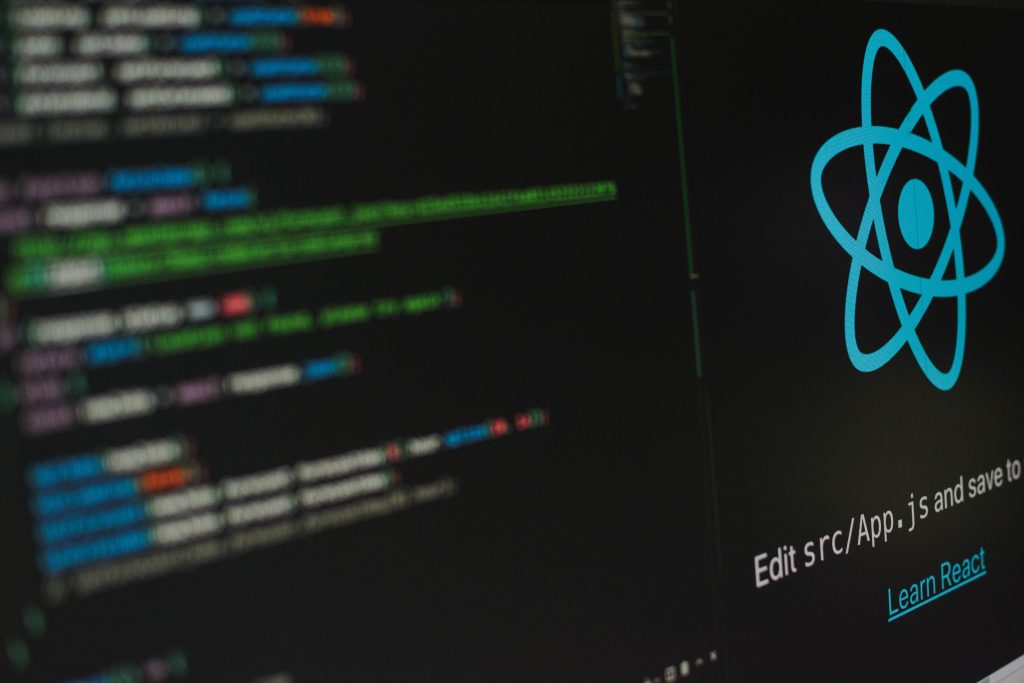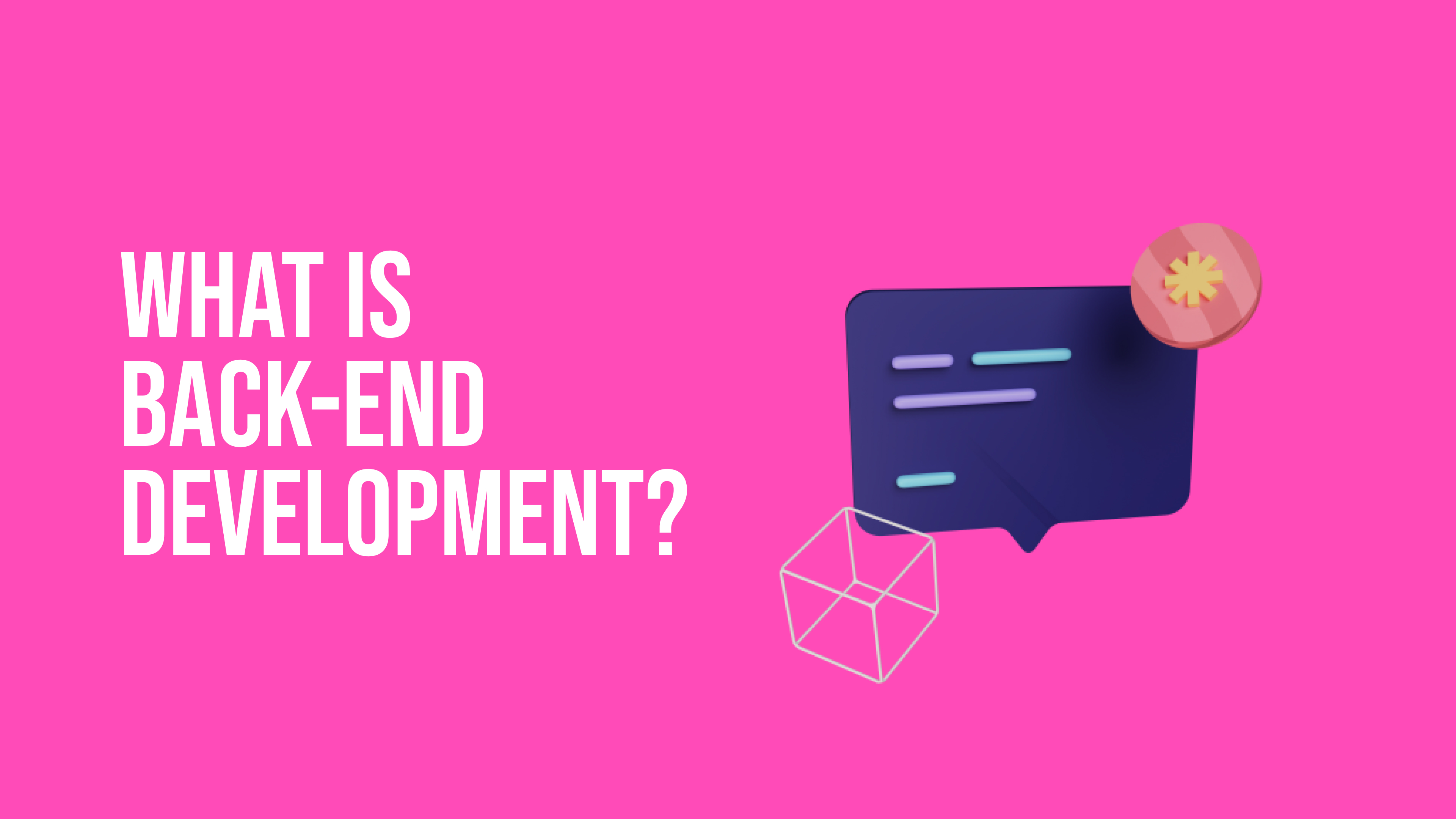The internet contains more than 1.8 billion websites as of the time of writing. The people responsible for designing, coding, testing, and maintaining all these websites are called web developers. Web development can be broken into three major concentrations: front-end and back-end. If you are not a developer or computer scientist yourself, these terminologies don’t make much sense. Add to this all the languages, APIs, frameworks, and libraries that developers use to build websites, and things can get even more confusing.
In this blog, we will explore what back-end development means, what back-end developers do, and what tools they use.
What is back-end development?
Where front-end is everything a user sees and interacts with, in a website, back-end is everything that goes on behind the scenes. It refers to the server-side of an application. It includes all the code needed to build the database, server, and application and the communication between the database and the server. Back-end developers build and maintain the technology that powers these components. They enable all the user-facing aspects of a website to exist.
Some examples of back-end processes are an account login, purchasing an item from an online store, accessing any data from the database, file uploads, and downloads, storing and updating data in a database, etc.

How front-end and back-end work together
In programming technology, the front-end is popularly called the ‘presentation layer’ and the back-end is the ‘data access layer’. The front-end and back-end work together to create a full user experience. The server side of a website manages all the requests that come from a user’s clicks. The front-end script sends these requests over the back-end to be processed, which returns appropriate data back to the front end. This happens in a constant loop of requests and responses to the server.
Back-end components:
- Server
The server acts as the life of the network. It is the system that processes all incoming requests. Any computer connected to the network can act as a server. In fact, devs use their own computer as servers when developing apps.
- Database
A database stores website content in a structure that makes it easy to retrieve, organize, edit, and save data. There are many different databases that are widely used, like MySQL, SQL Server, and Oracle.
- APIs
API means Application Programming Interface. It is the interface that is used by an application, typically a front-end application, to talk to the back-end application.
Good knowledge of REST (Representational State Transfer) and SOAP (Simple Object Access Protocol) is highly beneficial for back-end developers.
Back-end languages:
Languages used in back-end development differ with the size and scope of the project, as well as the required compatibility, complexity, and performance of the end product. Let’s look at some of the most popular languages that devs use for the back-end.
- JavaScript: JavaScript is a leading scripting language used on both the client-side and the server-side to make a website more interactive and dynamic. It provides you with remarkable features for backend development such as lightweight scripting language, dynamic typing, object-oriented programming support, and many more.
- Python: Python is very famous among developers for its compatibility with machine learning, Internet of Things (IoT), data science, etc. Its huge collection of standard libraries make the developers easier and efficient. Some other selling features of Python include better code readability, GUI programming support, easy integration with other languages, etc.
- PHP: PHP (Hypertext Preprocessor) is a veteran back-end language for the web. It is an interpreted language and doesn’t require a compiler. It runs well on every major operating system and is a secure scripting language. It offers the advantage of a large codebase and a big open-source developer community. Because of its low learning curve, cross-platform compatibility, OOP features, and support to various standard databases, it is one of the most popular languages for back-end development.
- Java: Java is another popular language for back-end development. One of the major advantages of Java is its Write Once Run Anywhere principle. The compiled Java code can be executed on any platform that supports Java without recompilation. It is also platform-independent, supports the OOP concepts, has rich open-source libraries, automatic memory allocation, etc.
- Ruby: it is a general-purpose, interpreted programming language. It supports procedural, functional, and object-oriented approaches to programming. It focuses on increasing programmer’s productivity, is cross-platform, and is easy to learn and adapt to.
- C#: C# language is used in web development, windows application development, as well as game development. This language provides faster compilation, component-oriented and structured language, and has a vast set of libraries for an efficient development process.
Some back-end frameworks are Express, Django, Rails, Laravel, Spring, etc.

What does a back-end developer do?
The backend code enhances the usefulness of everything that the front-end developers build. So, back-end developers are responsible for building and maintaining the logic and functionality of the user-facing components of a website. To do this, backend developers use the tools, languages, and frameworks mentioned above. But, back-end developers rarely work alone. They work together with other members of the development team. They also work with front-end developers, full-stack developers, software testers, and user experience designers.
Regardless of the type of the project and the team, you can usually back-end developers undertake the following responsibility.
- Creating, integrating, and managing databases
- Implementing web server technologies
- Creating software using backend frameworks
- Writing codes using server-side languages
- Integrating API
- Cloud computing management and integration
- Development, deployment, and maintenance of content management system (CMS)
- Monitoring security and preventing hackings
- Backing up website files and databases
- Analyzing and reporting to stakeholders
Other than these technical skills, back-end developers also need exceptional interpersonal abilities. They need to be able to engage with other people. With excellent communication skills, developers and others in the project team can share their ideas and feedback. A problem-solver, detail-oriented, and well-organized person developer is an asset to any development team.
Conclusion:
The back-end of a website or an application refers to everything that goes on behind the scenes. Back-end supports the front-end features. An excellent server-side in an application enhances the functionality and efficiency of the client-side. Back-end developers are responsible for creating the database, application, and their communication with a server.
Back-end development is a great responsibility. Developers need to be collaborative and work with front-end developers, UI/UX designers, and all the important stakeholders to understand the requirements of the project. Only then a fully functional, secure, and useful product can be built. Back-end developers can work in-house in a team or even as freelancers. Knowledge and a little experience with application development can take people far in the website/application development fields in a short time.

